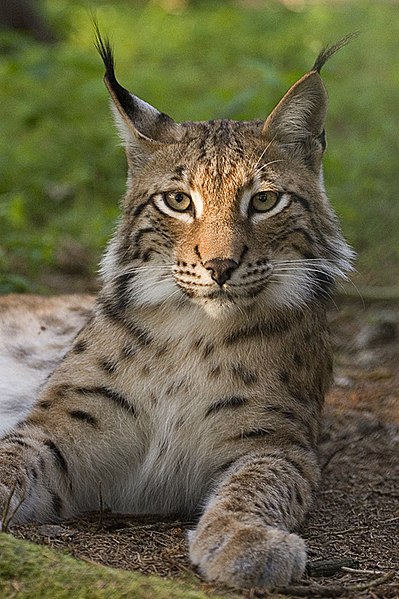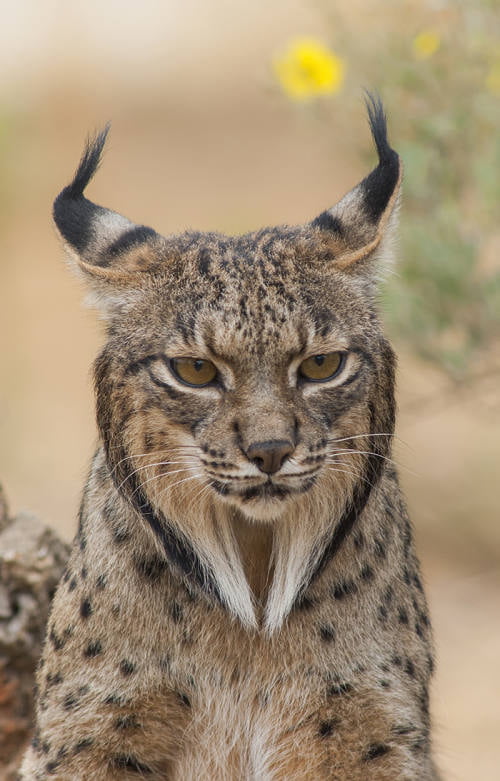The Lynx pardinus, also known as the Iberian lynx, is in great danger of extinction. This feline species is facing a tough battle for survival in the southwestern areas of the Iberian Peninsula.

The alluring cat with its eye-catching tufted ears and unique spotted fur has experienced a substantial decrease in its numbers because of various reasons, including the loss of its natural habitat, reduced prey options, and increased road accidents.

The Iberian lynx, which had less than 100 individuals left in the wild during its lowest point, has been saved from extinction through various conservation methods. These efforts include restoring their habitat, breeding them in captivity, and relocating them to appropriate environments. Fortunately, these actions have been successful, and the Iberian lynx population has started to increase in recent years.

Although there have been some positive developments, the Iberian lynx still represents a crucial need for worldwide conservation efforts. To ensure its survival, we must not only continue to intervene but also work towards preserving the Mediterranean ecosystems that are its habitat. The struggles of the Iberian lynx serve as a poignant reminder of the fragile relationship between humans and nature and highlight the significance of protecting our planet’s diverse and valuable biodiversity for future generations.




